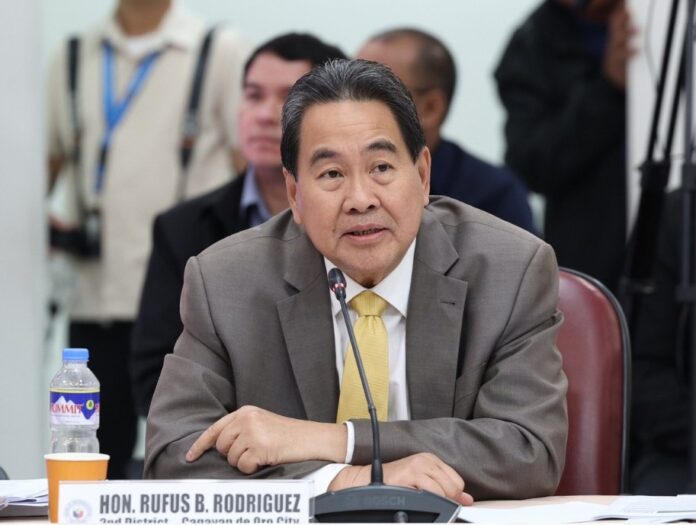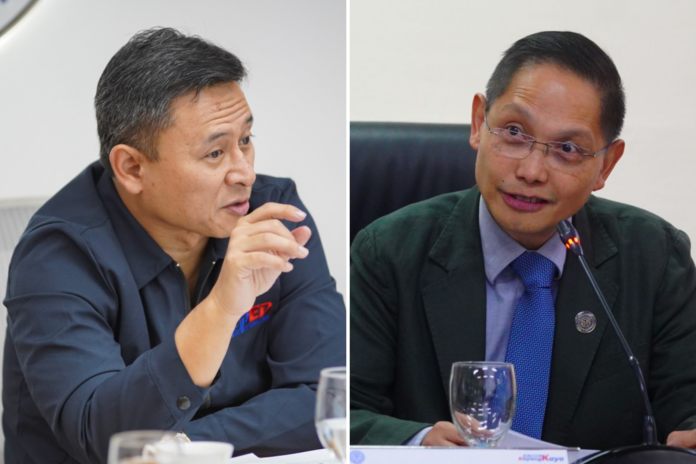The Philippine embassy in Washington D.C. is working to address concerns over a recent United States travel advisory that warned Americans against visiting the Philippines due to “crime, terrorism, civil unrest, and kidnapping.”
Cagayan de Oro City Rep. Rufus Rodriguez, who earlier protested the advisory, said he spoke with Ambassador Jose Manuel Romualdez, who assured him that the embassy has communicated the Philippine government’s concerns to the US State Department.
“He advised me to also relay our concerns to the US embassy in Manila,” Rodriguez said. “The ambassador was kind enough to inform me that our embassy is coordinating closely with local law enforcement to provide accurate reports on the real situation in the country.”
Rodriguez had earlier urged the Department of Foreign Affairs (DFA) to summon US Ambassador MaryKay Carlson for an explanation and said he would send a formal letter requesting the basis for the advisory.
Issued on May 8, the US advisory placed the Philippines under “Level 2: Exercise Increased Caution,” citing risks associated with crime and terrorism. Specific areas, however, were subject to stricter classifications: Mindanao (except Davao City, Davao del Norte, Siargao Island, and Dinagat Islands) under Level 3 (Reconsider Travel), and Marawi City and the Sulu Archipelago—including the southern Sulu Sea—under Level 4 (Do Not Travel).
The advisory noted that violent crimes such as robbery and assault are common and that terrorist groups continue to target public spaces, including markets, local government facilities, and tourist areas. It also warned of the US government’s limited ability to provide emergency services in high-risk areas.
US government employees working in the Philippines were advised to secure special authorization for travel to certain regions.








